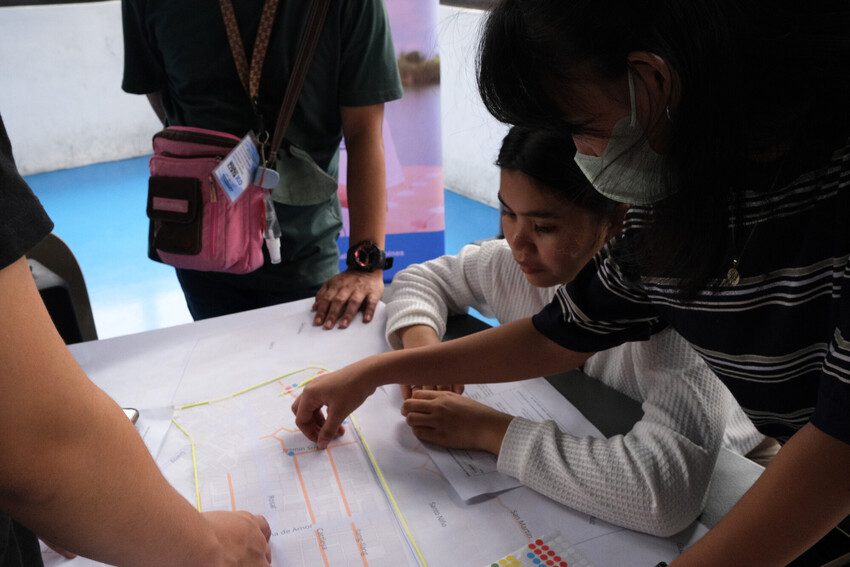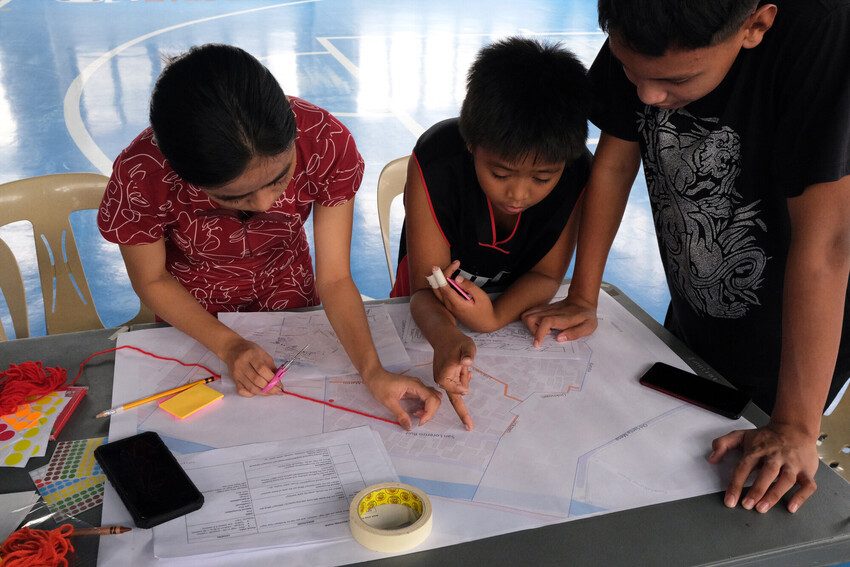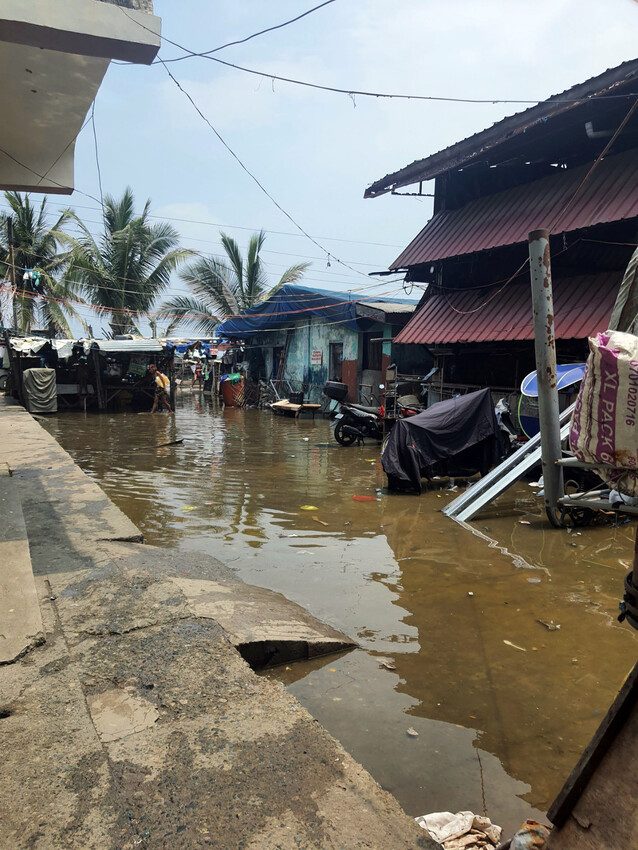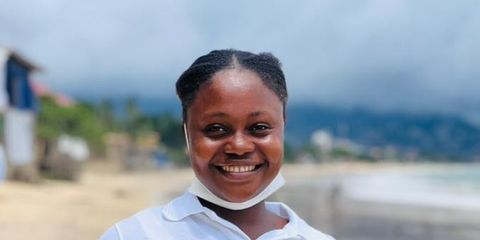Girls on the frontline of flood resilience
Nineteen-year-olds Aires and Catherine are working to ensure their communities are prepared for weather-related emergencies and that young people have an active role in building community resilience.

There is a need for young people to take part in addressing environmental issues in the community and the country as a whole.
Aires, 19, Philippines
In the Philippines, Aires and Catherine (both 19) are part of a group of young people who are working to ensure their flood-prone communities are prepared for any weather-related emergency and know how to keep themselves and their families safe should disaster strike.
Both girls have had their lives disrupted by flooding in the past – including being unable to go to school. “My own family has felt the effects of the changing climate – floods are getting worse and becoming more unpredictable and our fishing practices are being impacted,” explains Aires who lives in a coastal community in Manila.
Catherine and her family are survivors of Typhoon Ketsana which caused widespread flash floods in 2009, so joining a project to build community resilience is something that really appealed to her.
Identifying hazards and finding solutions
Catherine and Aires have both participated in a disaster risk management training project, where they learnt how to identify community hazards through risk mapping exercises and come up with solutions to tackle them.






Catherine and Aires have used this knowledge to make big changes in their community, encouraging other young people to take part and are implementing and creating processes to follow in case of emergencies.
They have now formed disaster preparedness plans for their families to follow in case of an emergency and have helped develop inclusive and risk informed flood plans for the wider community; which they are lobbying their local government to commit to implementing.
“The training was a big help to us young people, especially since we are just starting to learn about environmental advocacy so we can help develop our community into a safe and peaceful place. The activities are great because we had the chance to learn about things that we usually do not notice,” shares Catherine.
Young leaders tackle climate change
Since the training, Aires and Catherine have become youth leaders in their community and are rallying other young people to get involved. “I make sure that other members of the project attend the meetings regularly and that young people who are usually overlooked – such as those that are out-of-school – are also given the chance to join. I have even convinced younger family members to join the project,” says Aires.
“Young people usually have to listen passively to adults and community leaders who decide all the actions to follow,” explains Aires, “Community projects usually focus on parents or guardians, not on young people.”

Catherine agrees, and says it’s important to create platforms where young people can take an active role in planning processes for community resilience. “Young people’s familiarity and better understanding of the internet and technology is one way that we can contribute to the community.”
“Youth leaders need to be stronger; it’s not only a requirement, but a responsibility to the community. Even without a position, there is a need for young people to take part in addressing environmental issues in the community and the country as a whole,” says Aires.
Catherine says she recently took part in a local pageant at a community festival where she raised awareness about the hazards that affect their region. “I shared what I had learnt from the disaster risk training and advocacy workshops. I was able to encourage 6 other contestants to join the project and take part in the training too!”
Flood Resilience Project

Photo credit: Plan International
Plan International’s Flood Resilience Project works in 2 areas of the capital city Manila. Both are built-up urban areas that sit alongside either river or coastal waters.
By increasing the flood resilience of young people through risk awareness training, Plan International aims to ensure that young people and their families are better protected from future floods and other hazards that affect the city area, including tidal surges, heavy rainfall, typhoons, earthquakes and poor water supplies.
As part of the project, Plan International conducted a baseline study in Manila which revealed that young people are at high risk from the impacts of natural hazards but, despite being exposed to regular flooding, they are less likely to be included in community planning activities, including evacuation plans for emergency situations.
To ensure young people have a greater voice in the disaster planning process, the project team designed a youth-centred community-based disaster risk reduction training programme, focused on building young people’s skills in risk assessments, communication, advocacy and leadership.
Emergencies, Youth empowerment, Civic engagement, Disaster risk management


